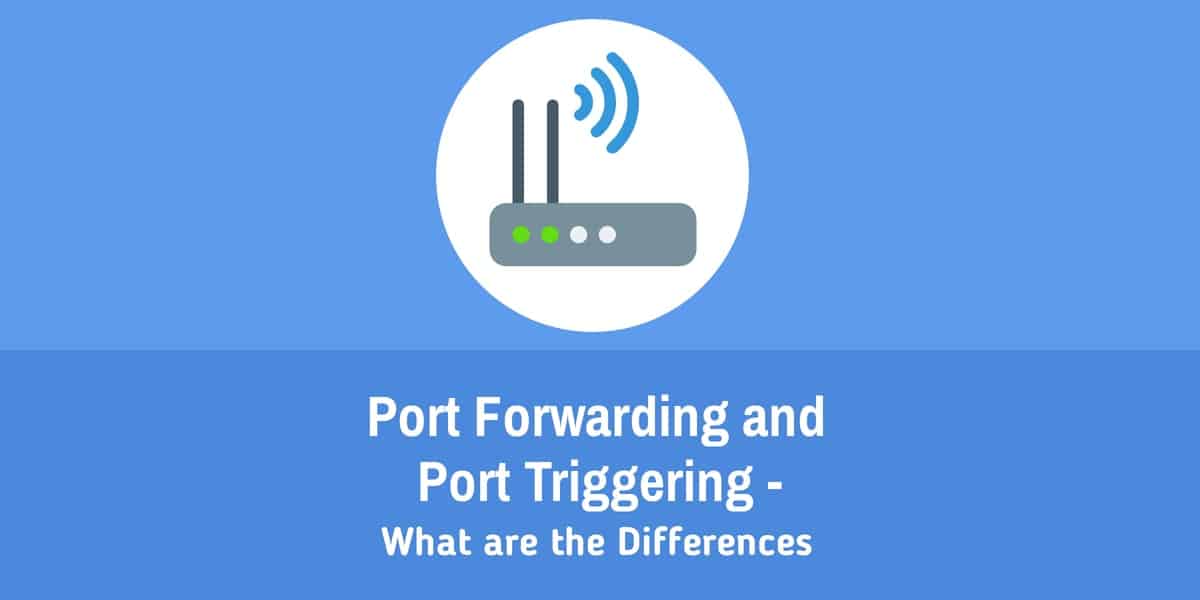

(all ports except 80 were completely made up and were simply for illustrationĦ4.125.15.256 is an invalid ip address on purpose) In this way neither nor Computer A knew that they weren't talking directly to each other. The WRT54G sees the information is addressed to 15846, so it sends: The WRT54G intercepts this packet and sends the following: Computer A tries to connect to it sends a packet like: When the information comes back, it sends it back to the original device as though it had come from the computer on the internet. When the NAT device receives a packet destined for the internet, it reconstructs the packet taking note of the original sender IP and Port and then resends that packet as though it were making the request. To the privately addressed device, the NAT device appears to be any ordinary router. When a computer behind a NAT device makes a call to the internet, it sends it's packet to the NAT device just as though it were going to send it directly to it's destination.
#BEST FREE PORT FORWARDING TOOL XBOX ONE MAC#
NAT is usually done inside of a router, like the WRT54G, but can also be done on a computer running Linux, MAC OS, or Windows provided you have more than 1 network adapter. Network Address Translation (NAT) works by making an entire network of privately addressed devices appear as just 1 device on the internet. The new IP Protocol specification, IPv6 intends to solve this problem by increasing the number of addresses. Private Addresses and, more specifically, NAT were setup to solve the problem of a limited number of IP addresses. There are only 2 32 possible IP addresses, and worldwide there are many more than 2 32 devices (computers, printers, scanners, etc) that would like to have internet IP addresses. On most computers this is limited to 127.0.0.1, but that needn't be so. Additionally, 127.x.y.z is set aside as the local loop back address and, depending on your computer, 127.x.y.z will reach your own system. Addresses that begin with 10.x.y.z or .y (where x, y, and z can be anything 0-255), and the range from 172.16.0.0 to 172.31.255.255 are strictly private addresses and cannot exist on the internet. These consist of the bulk of all IP addresses. Public IP addresses are those addresses that are routable on the internet. On the internet there are two types of addresses: public IP addresses and private IP addresses. In fact, all of the ports from 1-1024 are set aside for such standardization. A web server doesn't announce that it's waiting for webpage requests on port 80, that's just known. The ports here don't matter because your computer just makes them up on the fly. It might also be receiving instant messages on other ports and e-mails on yet other ports. By using ports, your computer can keep track of which stream of data belongs to what.įor example, when requesting a webpage with some text and 1 image, your web browser might ask that the main text content be sent back to it on port 10345 and the image be sent back on 10548. Your computer instructs the response to be sent back to your IP address on some port that you opened to receive that data. It needs to ask 's IP address on port 80-the universal webpage port. However, it can't just ask 's IP address for the webpage files-that would be like leaving off the apartment number when mailing someone.

When your computer makes a call on the internet-trying to load for example-it starts by asking the IP address of for the webpage. The internet works using two main address units: the IP Address and the port. 2.1 Port Forwarding using the Webinterfaceįor Port Forwarding Troubshooting, see Port Forwarding Troubleshooting.


 0 kommentar(er)
0 kommentar(er)
